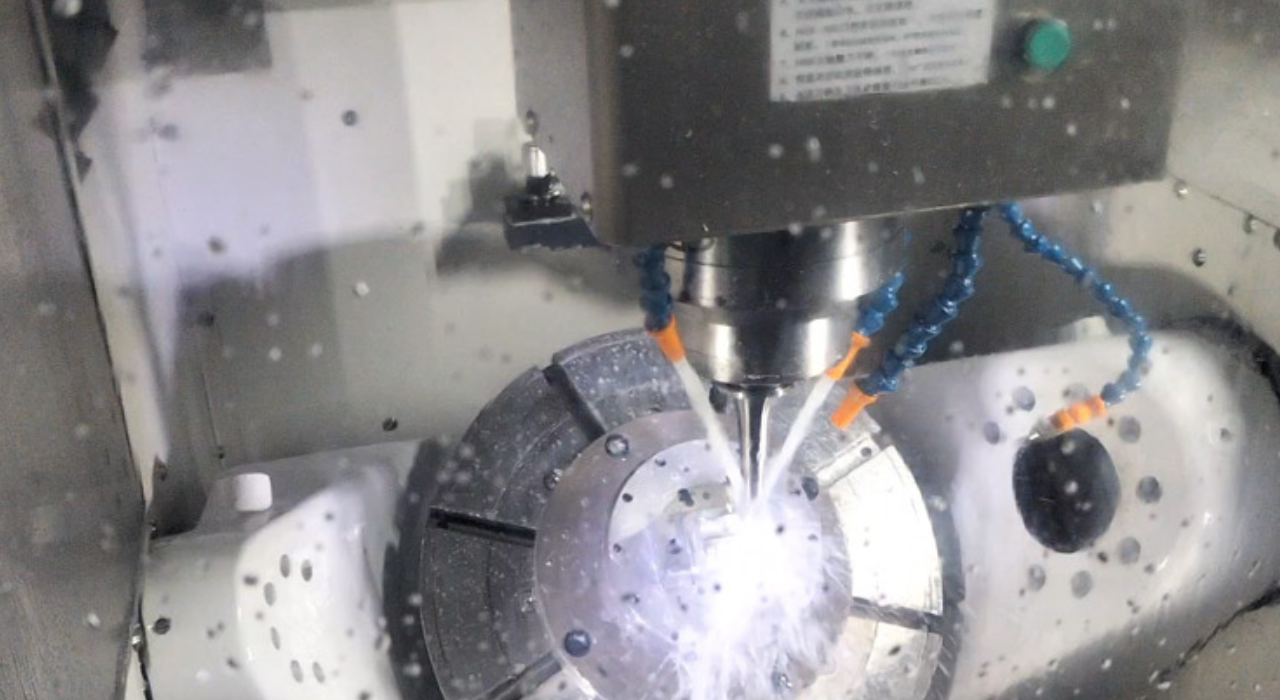One critical viewpoint of advanced creation is rapid prototyping, especially in CNC (Computer Numerical Control) machining. It serves as a bridge between the initial plan stage and full-scale generation, permitting quick emphases and refinements of parts and items.
This preparation is essential for a few reasons, extending from speeding up the improvement cycle to ensuring the highest quality and usefulness of the ultimate item. Here, we investigate the key reasons why fast prototyping is so imperative in CNC machining.
Accelerated Development Cycles
One of the essential benefits of prototyping in rapid cnc machining is the acceleration of item development cycles. Conventional manufacturing strategies often include lengthy and complex forms to create models, which can altogether delay the time to market. In contrast, CNC machining allows for the quick creation of models specifically from advanced plans.
Cost Effectiveness
Rapid prototyping with CNC machining also offers significant cost advantages. By rapidly creating prototypes, companies can decrease the number of expensive plan changes that could be required amid later stages of generation. CNC machining minimizes material waste and optimizes the utilization of assets, making the prototyping handle more economical.
Improved Design Accuracy
CNC machining gives high exactness and accuracy, which is vital for making detailed and complex models. This accuracy ensures that the models closely coordinate the final item, permitting careful testing and validation. Accurate models offer assistance to engineers and originators to assess the possibility of the plan, test for functionality, and make fundamental alterations sometime recently committing to full-scale generation.
Improved Communication and Collaboration
Prototypes serve as tangible representations of a plan, facilitating way better communication and collaboration among team individuals, partners, and clients. Physical prototypes permit more successful criticism and discussions compared to advanced models alone. This hands-on approach helps bridge the gap between originators, engineers, and promoting groups, guaranteeing that everybody has a clear understanding of the product highlights and potential improvements.
Risk Mitigation
Rapid prototyping in CNC machining plays a basic part in risk moderation. By making and testing prototypes early in the improvement cycle, potential plan flaws and utilitarian issues can be recognized and tended to some time recently they heighten into expensive issues. This proactive approach helps avoid noteworthy setbacks amid the generation stage, guaranteeing a smoother move to mass fabricating.
Flexibility and Customization
CNC machining offers remarkable adaptability in rapid prototyping, pleasing a wide range of materials and design complexities. This flexibility permits the creation of customized models tailored to particular venture requirements. Whether the plan includes intricate geometries, fine subtle elements, or unique material properties, CNC machining can handle the challenge.
Faster Iteration Cycles
The capacity to rapidly create and test numerous cycles of a prototype is another critical advantage of fast prototyping in CNC machining. This iterative approach permits creators and engineers to refine their plans persistently, consolidating criticism and enhancements with each adaptation.
Validation of Manufacturing Forms
Rapid prototyping not only helps approve the plan but also the manufacturing forms. By making models utilizing the same CNC machining techniques intended for the last generation, producers can distinguish potential generation challenges and optimize the machining parameters.
Competitive Advantage
In today's fast-paced and competitive advertising, the capacity to bring modern items to market quickly and efficiently may be a noteworthy advantage. Fast prototyping in CNC machining empowers companies to improve quicker and react to customer needs more viably. This dexterity permits businesses to remain ahead of competitors, present modern items and highlights, and capture showcase openings instantly.
Environmental Considerations
Finally, rapid prototyping with CNC machining contributes to sustainability and natural duty. The accuracy and productivity of CNC machining minimize material squander and vitality utilization, making the prototyping preparation more ecologically inviting. Also, by identifying and addressing design imperfections early, companies can decrease the number of flawed items and adjust, encouraging diminishing squandering and asset utilization.
Conclusion
Rapid prototyping in CNC machining is crucial for advanced manufacturing, advertising various benefits that improve the item development handle. From quickening advancement cycles and decreasing costs to improving plan exactness and cultivating collaboration, rapid prototyping plays a pivotal part in bringing high-quality items to advertise proficiently.


